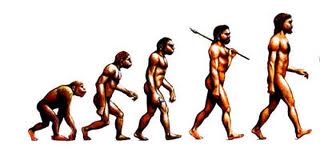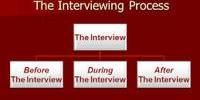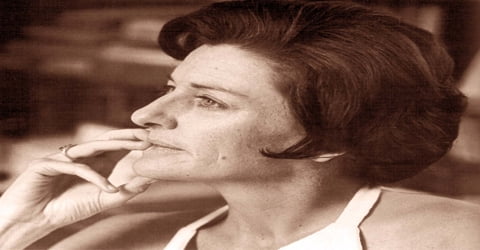The evolution of HRM can be traced back to Kautilya Artha Shastra where he recommends that government must take active interest in public and private enterprise. He says that government must provide a proper procedure for regulating employee and employee relation
In the medieval times there were examples of kings like Allaudin Khilji who regulated the market and charged fixed prices and provided fixed salaries to their people. This was done to fight inflation and provide a decent standard of living
During the pre independence period of 1920 the trade union emerged. Many authors who have given the history of HRM say that HRM started because of trade union and the First World War.
The Royal commission in 1931 recommended the appointment of a labour welfare officer to look into the grievances of workers. The factory act of 1942 made it compulsory to appoint a labour welfare officer if the factory had 500 or more than 500 workers.
The international institute of personnel management and national institute of labour management were set up to look into problems faced by workers to provide solutions to them. The Second World War created awareness regarding workers rights and 1940’s to 1960’s saw the introduction of new technology to help workers.
The 1960’s extended the scope of human resource beyond welfare. Now it was a combination of welfare, industrial relation, administration together it was called personnel management.
With the second 5 year plan, heavy industries started and professional management became important. In the 70’s the focus was on efficiency of labour wile in the 80’s the focus was on new technology, making it necessary for new rules and regulations. In the 90’s the emphasis was on human values and development of people and with liberalization and changing type of working people became more and more important there by leading to HRM which is an advancement of personnel management.
















